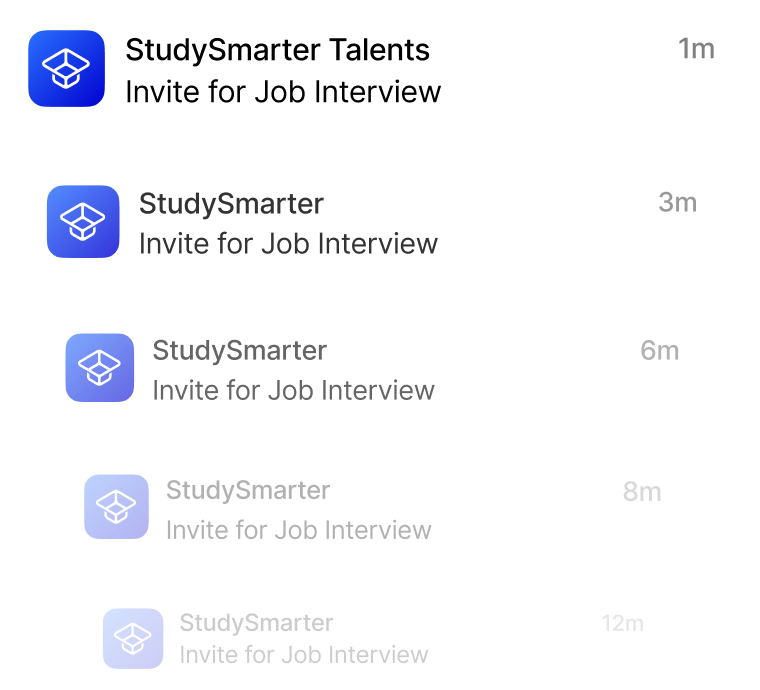At a Glance
- Tasks: Design and deploy ML models for biotech challenges like protein folding and genomic analysis.
- Company: Join a cutting-edge biotech team tackling complex life sciences problems.
- Benefits: Enjoy a hybrid work model, competitive pay, and the chance to innovate in healthcare.
- Why this job: Make a real-world impact by applying AI to biological issues in a collaborative environment.
- Qualifications: 4+ years in machine learning, with 2+ years in biotech or life sciences required.
- Other info: Immediate start for a contract role lasting 12-18 months, outside IR35.
The predicted salary is between 48000 - 84000 £ per year.
Job Description
?? Contract Role: Machine Learning Engineer – Biotech & GenomicsLocation: Hybrid (London based)Contract Type: 12–18 months, Outside IR35Start Date: ImmediateRate: Competitive, based on experienceWe’re working with a group of biotech innovators focused on solving some of the most complex challenges in life sciences — from protein folding and genomic analysis to biomedical imaging and drug discovery. These teams are seeking a Machine Learning Engineer with deep technical expertise and a passion for applying AI to real-world biological problems.?? What You’ll Be Working On:
- Designing and deploying ML models for protein structure prediction, genomic pattern recognition, and cell image segmentation
- Collaborating with bioinformaticians, data scientists, and software engineers to build scalable pipelines for research and clinical applications
- Fine-tuning and optimizing models using tools like AlphaFold, RoseTTAFold, BioBERT, and DeepCell
- Integrating ML workflows with platforms such as Benchling, PubMed APIs, and internal R&D systems
- Supporting model validation, performance benchmarking, and regulatory documentation
?? Key Technologies & Tools:
- ML Frameworks: PyTorch, TensorFlow, Hugging Face Transformers
- Bio-AI Tools: AlphaFold, RoseTTAFold, BioBERT, DeepCell, Cellpose
- Data Sources: Genomic datasets, microscopy images, biomedical literature
- Cloud & DevOps: AWS/GCP, Docker, Kubernetes, MLflow
- Languages: Python (essential), SQL, Bash
? Ideal Candidate Profile:
- 4+ years of experience in machine learning, with at least 2 years in biotech, healthcare, or life sciences
- Strong understanding of biological data types (e.g., DNA/RNA sequences, protein structures, cell images)
- Experience working with open-source bioinformatics tools and APIs
- Comfortable building end-to-end ML pipelines in cloud environments
- Familiarity with regulatory considerations in clinical or research settings (e.g., HIPAA, GxP)
ML engineer in BIOTECH & genomics employer: Opus Recruitment Solutions Ltd
Contact Detail:
Opus Recruitment Solutions Ltd Recruiting Team
StudySmarter Expert Advice 🤫
We think this is how you could land ML engineer in BIOTECH & genomics
✨Tip Number 1
Familiarise yourself with the specific ML frameworks and bio-AI tools mentioned in the job description, such as PyTorch, TensorFlow, AlphaFold, and BioBERT. Having hands-on experience or projects showcasing your skills with these technologies can set you apart during discussions.
✨Tip Number 2
Network with professionals in the biotech and genomics fields. Attend relevant conferences, webinars, or meetups to connect with potential colleagues and learn about the latest trends and challenges in the industry. This can also lead to valuable referrals.
✨Tip Number 3
Prepare to discuss real-world applications of machine learning in life sciences. Be ready to share examples of how you've tackled similar challenges in previous roles, particularly focusing on protein structure prediction or genomic analysis.
✨Tip Number 4
Understand the regulatory landscape related to biotech and healthcare. Familiarity with regulations like HIPAA and GxP will demonstrate your readiness to work in a compliant environment, which is crucial for this role.
We think you need these skills to ace ML engineer in BIOTECH & genomics
Some tips for your application 🫡
Tailor Your CV: Make sure your CV highlights relevant experience in machine learning, particularly in biotech and genomics. Emphasise your familiarity with the key technologies mentioned in the job description, such as PyTorch, TensorFlow, and any bioinformatics tools you've used.
Craft a Compelling Cover Letter: Write a cover letter that showcases your passion for applying AI to biological problems. Mention specific projects or experiences that demonstrate your expertise in designing and deploying ML models, and how they relate to the responsibilities outlined in the job description.
Highlight Collaborative Experience: Since the role involves collaboration with bioinformaticians and data scientists, include examples of past teamwork in your application. Describe how you contributed to building scalable pipelines or optimising models in a collaborative environment.
Showcase Regulatory Knowledge: If you have experience with regulatory considerations in clinical or research settings, make sure to mention it. This could set you apart from other candidates, as understanding regulations like HIPAA or GxP is crucial for this role.
How to prepare for a job interview at Opus Recruitment Solutions Ltd
✨Showcase Your Technical Skills
Be prepared to discuss your experience with ML frameworks like PyTorch and TensorFlow. Highlight specific projects where you've designed and deployed models, especially in biotech or life sciences.
✨Understand the Biological Context
Demonstrate your knowledge of biological data types and how they relate to machine learning. Be ready to explain concepts like protein folding and genomic analysis in a way that shows your passion for applying AI to real-world problems.
✨Familiarise Yourself with Key Tools
Research tools mentioned in the job description, such as AlphaFold and BioBERT. If possible, share examples of how you've used these tools in past projects or how you would approach using them in this role.
✨Prepare for Collaborative Scenarios
Since collaboration is key in this role, think of examples where you've worked with bioinformaticians or data scientists. Be ready to discuss how you can contribute to building scalable pipelines and integrating ML workflows.

